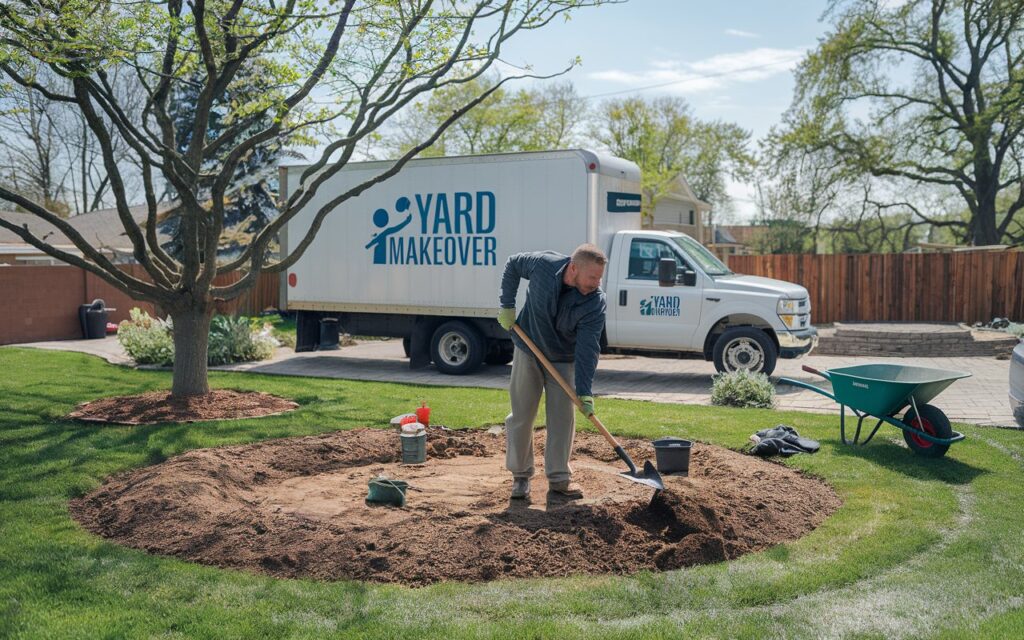Planning a home renovation can be an exciting yet overwhelming task. Whether you’re tackling a kitchen remodel, expanding your living space, or giving your bathroom a fresh look, understanding the renovation process is crucial for success. This comprehensive guide covers all the essentials to ensure your project is a success—from budgeting and planning to choosing materials and hiring contractors. Let’s dive into everything you need to know!

1. Start with a Clear Budget
One of the most critical steps in any renovation project is establishing a realistic budget. You’ll need to consider the costs for materials, labor, permits, and any unforeseen expenses. A well-planned budget will prevent overspending and allow for financial flexibility in case any surprises arise during the project.
For detailed guidance, check out our smaller blog: How to Renovate on a Budget: Insider Tips.
2. Plan Your Home Renovation Step-by-Step
Effective planning is the backbone of a successful renovation. Start by creating a clear vision of what you want to achieve. Do you want more space? Better functionality? Improved aesthetics? Map out the changes, and consult an architect or interior designer if necessary. Break down the project into smaller phases to ensure smooth execution.
Explore more about planning in How to Plan Your Home Renovation Step-by-Step.
3. Prioritize Key Areas of Your Home Renovation
While renovating your entire house may be tempting, focusing on key areas that offer the highest return on investment is more strategic. Kitchens and bathrooms are often the most valuable renovations, boosting the resale value of your home. Consider improving kitchen functionality, creating open layouts, or adding storage solutions.
For more, read Top Kitchen Renovation Ideas to Increase Home Value.
4. Choosing the Right Materials
Material selection plays a significant role in both the aesthetics and durability of your renovation. Sustainable and eco-friendly materials are gaining popularity as homeowners become more environmentally conscious. You can also opt for long-lasting options like granite countertops, hardwood flooring, or energy-efficient windows.
Need help choosing materials? Check out Eco-Friendly Materials for Home Renovation.
5. Hiring the Right Contractors
Hiring experienced contractors is key to executing your vision effectively. Before selecting a contractor, ensure they are licensed, insured, and have a solid reputation. Obtain multiple quotes, check reviews, and visit previous projects if possible. Communication with your contractor is essential to keep the project on track.
Get more insights on this in How to Choose the Right Contractor for Your Renovation.
6. DIY vs. Hiring a Pro
Many homeowners are tempted to take on DIY projects to save on costs. While DIY can be rewarding and cost-effective for smaller tasks like painting or installing shelves, larger structural changes should be left to professionals. Knowing when to DIY and when to hire an expert is essential for a smooth renovation process.
We cover this topic in depth in DIY Home Renovation Projects vs. Hiring a Pro.
7. Sustainable and Smart Home Renovations
Sustainability is no longer a luxury but a necessity in modern home design. Incorporating smart home technology and sustainable materials into your renovation can lower your energy bills and reduce your environmental footprint. Think about adding solar panels, energy-efficient appliances, and smart thermostats.
Learn more about green renovations in Sustainable Home Renovation Tips.
8. Avoid Common Home Renovation Mistakes
Renovations can be complex, and mistakes are often costly. Some common pitfalls include underestimating the budget, skipping permits, and ignoring building codes. It’s important to stay informed and avoid these common mistakes to ensure your project runs smoothly and meets all safety and legal standards.
For more, check out Common Home Renovation Mistakes to Avoid.
9. Focus on Increasing Home Value
If you plan to sell your home in the future, focusing on renovations that add value is a smart move. The kitchen, bathrooms, and curb appeal are key areas that buyers prioritize. Additionally, improving energy efficiency and adding smart home features can significantly boost your home’s market value.
For value-boosting ideas, read Home Renovation Projects That Increase Property Value.
10. Dealing with Unexpected Issues
No matter how well you plan, unexpected challenges are bound to arise during renovation—whether it’s discovering mold, structural issues, or outdated plumbing. Make sure you have a contingency budget (typically 10-20% of your total budget) to cover these surprises and avoid halting your project.
Explore more in How to Handle Unexpected Problems During Renovation.
11. Get Inspired by Current Trends
Staying up-to-date on the latest design trends can elevate your renovation. From open-concept kitchens to minimalist bathrooms, modern trends focus on functionality, sustainability, and style. However, be mindful not to choose trends that may quickly go out of style if you plan to sell your home.
Find out what’s trending in 2024 Home Renovation and Design Trends.
Conclusion
Home renovation is a journey that requires careful planning, budgeting, and decision-making. By following this guide, you’ll be equipped to manage every stage of your project confidently. Whether you’re refreshing a single room or embarking on a full-scale remodel, remember to focus on key areas that add value, avoid common mistakes, and stay flexible for unexpected challenges. Ready to get started? Dive deeper into each of these essential topics for more specific guidance.




This is very informative and it will surely help me in my future renovations and DIY